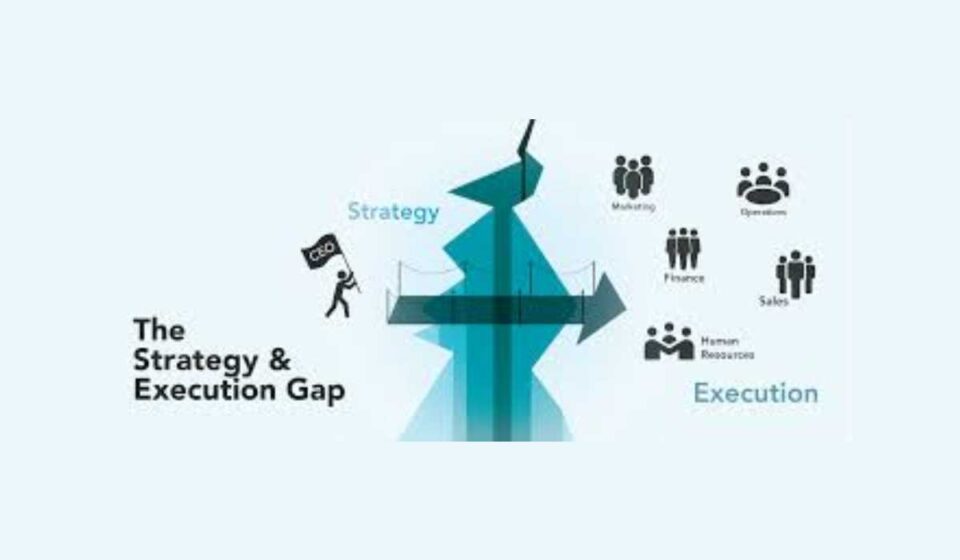Execution is often where even the best-laid strategies falter. Studies reveal that 70% of companies fail to execute their strategies effectively, primarily due to a lack of alignment between organizational goals and team-level actions. This disconnect can lead to wasted resources, missed opportunities, and stagnation in business growth. To combat this challenge, businesses are turning to modern frameworks like OKRs (Objectives and Key Results) and agile methodologies, which are designed to create a seamless transition from planning to execution. At its core, the OKR framework helps organizations set clear, measurable objectives while linking them to specific, actionable results. This approach fosters transparency, ensuring every employee understands how their work contributes to broader company goals. Similarly, agile methodologies emphasize flexibility and iterative progress, allowing teams to adapt quickly to changes and deliver consistent value. Together, these tools can transform strategic plans from static documents into dynamic roadmaps that evolve alongside the organization’s needs. A prime example of this approach is Google, one of the earliest adopters of OKRs. The company uses this framework to align the goals of individual teams with its overarching mission of organizing the world’s information. For instance, if Google’s objective is to improve search engine accuracy, specific key results might include reducing average search response times by a certain percentage or increasing user satisfaction scores. By breaking down complex goals into achievable milestones, Google ensures that every team member’s efforts are targeted and measurable. The success of OKRs and agile frameworks lies in their ability to address the common pitfalls of execution. They encourage cross-functional collaboration, foster accountability, and promote continuous feedback loops. This ensures that businesses remain agile, particularly in fast-paced environments where market dynamics can shift rapidly. Moreover, these tools bridge the gap between high-level strategic vision and day-to-day operations, enabling leaders to monitor progress in real time and make informed decisions. For businesses looking to improve their execution capabilities, the first step is to establish a culture of alignment and accountability. Begin by clearly defining objectives at the organizational level, then cascade them down to teams and individuals using OKRs. Incorporate agile practices to maintain flexibility and adapt to changing priorities. Finally, leverage data and feedback mechanisms to track progress and make course corrections. By taking these steps, organizations can not only enhance execution but also foster a culture of continuous improvement that drives sustainable growth.


